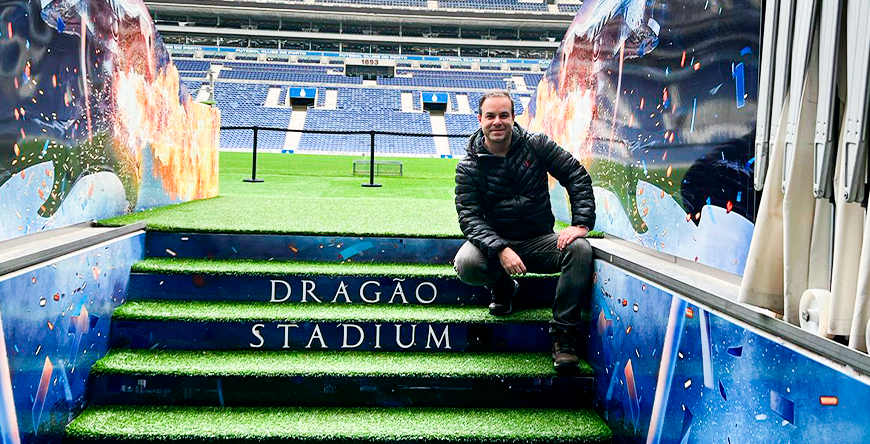Artigos e Notícias
Home / Artigos e Notícias

Postado por: Dr Diego Astur
Publicação de artigo: “The Presence of the Arthroscopic "Floating Meniscus" Sign as an Indicator for Surgical Intervention in Patients With Combined Anterior Cruciate Ligament and Grade II Medial Collateral Ligament Injury.”
PURPOSE: To compare the outcomes of patients with an arthroscopic floating meniscus sign at 24-month follow-up when treated with and without medial compartment reconstruction surgery. Another aim of the present study was to compare magnetic resonance imaging and arthroscopic findings directly related to the characterization and localization medial collateral ligament (MCL) injuries.
METHODS: A total of 112 patients diagnosed with combined anterior cruciate ligament (ACL)-MCL grade II injuries to be treated with ACL reconstruction surgery were included in the study. During arthroscopy, patients diagnosed with the "floating meniscus" sign were divided into 2 groups: group 1 (n = 58) was treated with ACL and medial compartment reconstruction surgery and group 2 (n = 54) was treated with ACL reconstruction and nonsurgical medial compartment treatment. Return to competitive sports (Tegner score), Lysholm scores, ACL reconstruction failure, and residual MCL laxity were evaluated 6, 12, and 24 months after surgery.
RESULTS: After 24 months, patients from group 1 (n = 58) had an average Tegner score of 8.98 and Lysholm score of 89.67; 2 patients presented with ACL reconstruction failure and none presented with residual MCL laxity. Patients from group 2 (n = 54) had an average Tegner score of 6.7 and Lysholm score of 78.12; 16 patients presented with ACL reconstruction failure and 13 presented with residual MCL laxity.
CONCLUSIONS: In the presence of a floating meniscus arthroscopic sign, patients with combined ACL and grade II MCL injuries treated with ACL and MCL reconstruction surgery had significantly lower frequency of ACL reconstruction failure, residual MCL laxity, and better Tegner and Lysholm scores at 24 months' follow-up (P < .05). Additionally, magnetic resonance imaging and arthroscopy differed significantly (P < .05) in their ability to identify mid-substance and tibial site MCL injuries.
Todos os comentários
Escreva um comentário
Comentário enviado com sucesso.
Aguarde à aprovação do mesmo!
Houve um erro ao enviar seu comentário.


